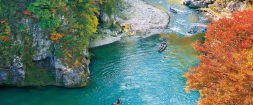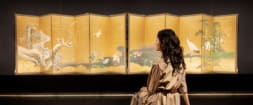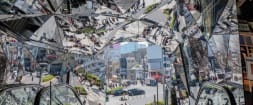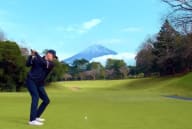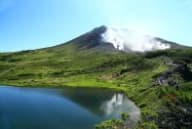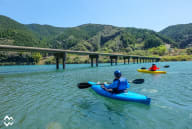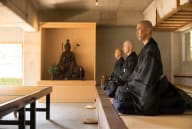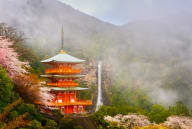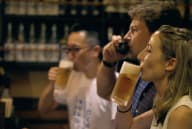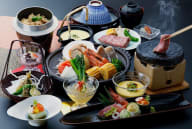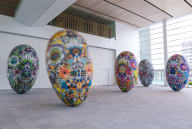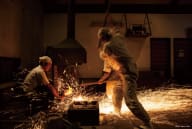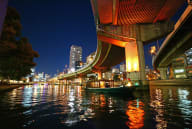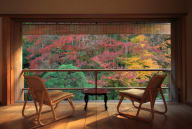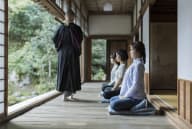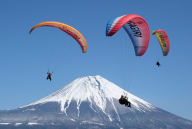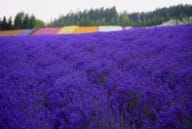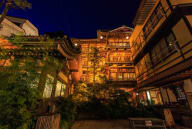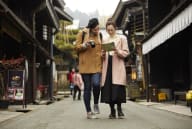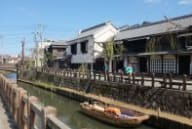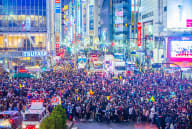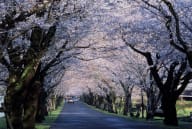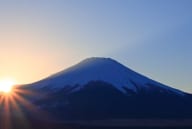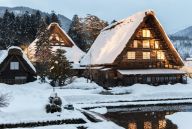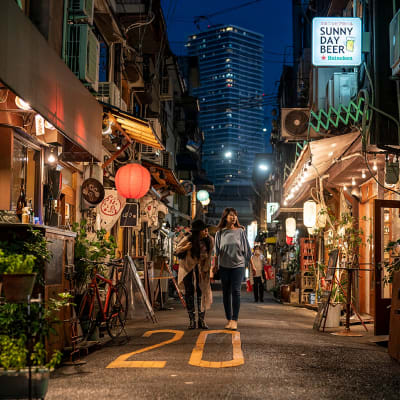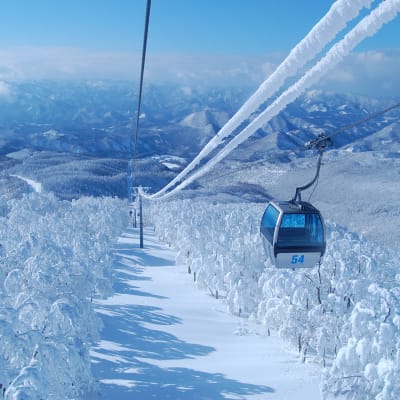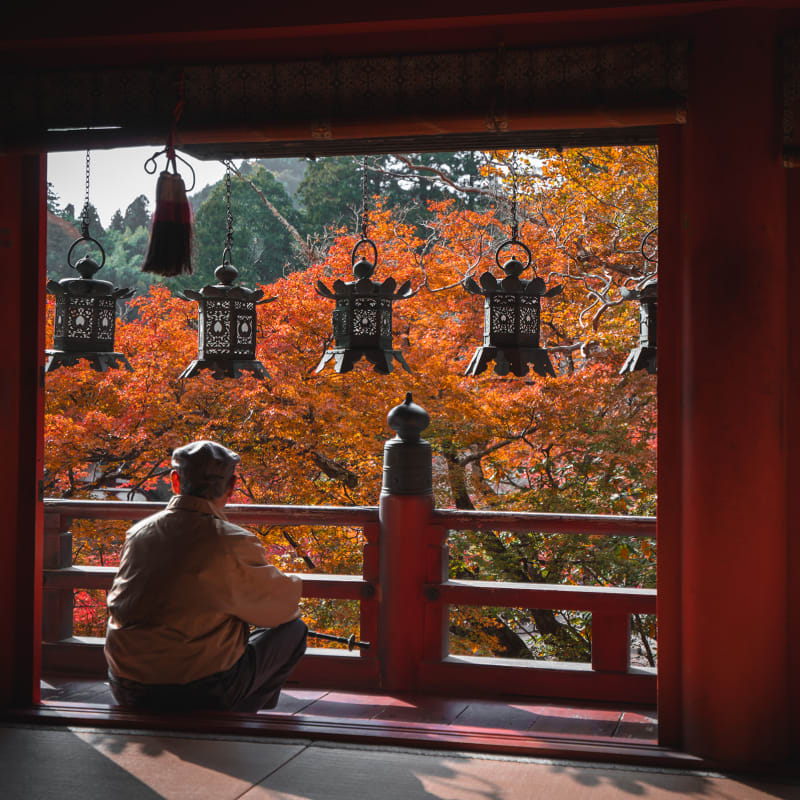-
- 简体中文
- 繁體中文(香港)
- 繁體中文(臺灣)
- India (English)
- Bahasa Indonesia
- 한국어
- ภาษาไทย
- Tiếng Việt
- Singapore (English)
- Philippines (English)
- Malaysia (English)
- Australia/New Zealand (English)
- Français
- Deutsch
- Italiano
- Español
- United Kingdom (English)
- Nordic countries(English)
- Canada (English)
- Canada (Français)
- United States (English)
- Mexico (español)
- Português
- العربية
- Japan(日本語)
- Global (English)
-
Destinations
-
Things to Do
-
Plan Your Trip
-
Articles
- JAPAN Monthly Web Magazine
- Tradition
- Arts & Cultures
- Cuisine
- Nature & Outdoor
- Shopping
- Relaxation
- Festivals & Events
- All
- Insider Blog
- Things to do
- Local Guides
- Outdoor
- Food & drink
- City life
- Culture
- Traditional
- Adventure
- Consumer
- All
Use the
Planning a Trip to Japan?
Share your travel photos with us by hashtagging your images with #visitjapanjp
Nakatsugawa, the town of ji-kabuki
HOME > Japan’s Local Treasures > Nakatsugawa, the town of ji-kabuki
Experience Japan’s rural form of kabuki theater
Nakatsugawa City, Gifu Prefecture
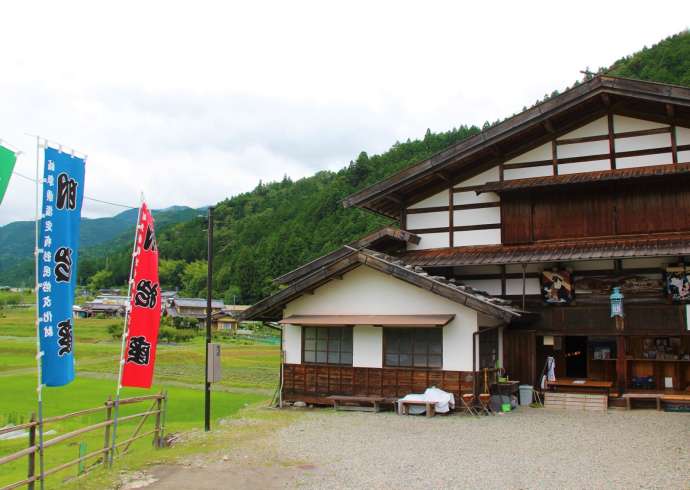
Though performed by amateur actors, ji-kabuki, a rural version of kabuki theater, is an art form in its own right.
Kabuki, an Intangible Heritage of Humanity designated by UNESCO, has a history of over 400 years. First performed in the early 17th century, the traditional art form boomed in cities during the Edo period (1603-1867), and troupes of professional actors were often invited to rural areas of Japan to perform on makeshift stages at shrines.
Inspired by these performances, ji-kabuki, a form of amateur theater, emerged in the countryside, with farmers and townspeople emulating professional actors, but with their own, more down-to-earth styles.
Nakatsugawa in eastern Gifu is home to six ji-kabuki preservation organizations that stage performances every year. It also houses three playhouses, founded around 120 years ago, and the 19th-century Kashimo Meijiza, one of few extant traditional theaters featuring a revolving stage and runway.
If your trip does not coincide with a ji-kabuki performance, head to Kashimo Meijiza, a wooden village theater built in 1874. Surrounded by rice fields, it is a beautiful place to learn about traditional Japanese architecture and both professional and ji-kabuki performances.
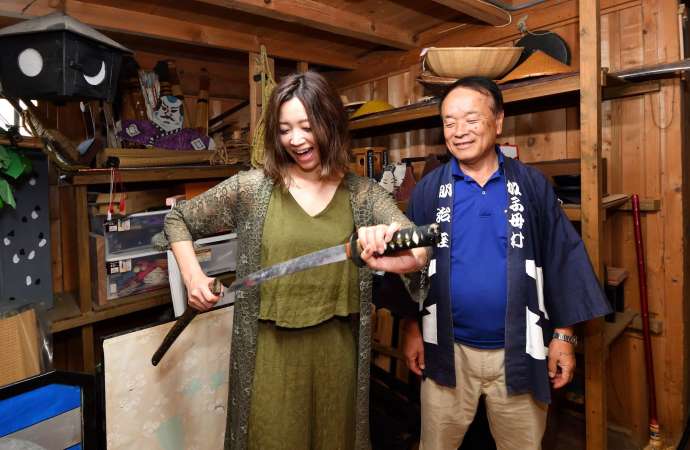
How to get there
From Nagoya Station, take a Limited Express Shinano train for about 50 minutes to Nakatsugawa Station. From there, take a bus to the Manga bus stop (about 1 hour). Kashimo Meijiza is about 10 minutes from Manga on foot.
4793-2, Kashimo, Nakatsugawa-shi, Gifu-ken
Nearby Experiences
- Home
- Japan’s Local Treasures
- Nakatsugawa, the town of ji-kabuki











